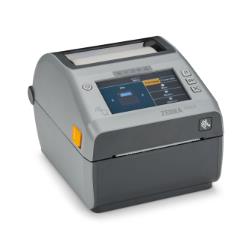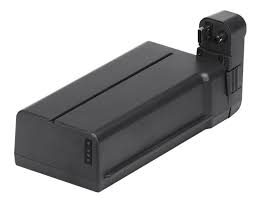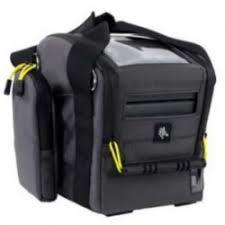 | Loading… |
Are You Looking for a Thermal Transfer Portable Label Printer Instead of a Direct Thermal Portable Printer?
16/Nov/2024
(1).png)
When it comes to choosing a portable label printer, understanding the differences between thermal transfer and direct thermal printing is crucial. Each technology has its unique advantages and is suited for different applications.
Direct Thermal Printing:
How It Works: Direct thermal printers use heat-sensitive paper that darkens when exposed to heat, creating an image without the need for ink, toner, or ribbons.
Advantages: These printers are typically more cost-effective and easier to use, as they require fewer supplies. They are ideal for short-term applications like shipping labels, receipts, and temporary badges.
Limitations: Direct thermal labels are sensitive to heat, light, and abrasion, which can cause them to fade over time. They are not suitable for long-term use or harsh environments.
Thermal Transfer Printing:
How It Works: Thermal transfer printers use a ribbon to transfer ink onto the label material, producing durable and high-quality prints.
Advantages: This method is perfect for long-term applications and labels that need to withstand exposure to sunlight, chemicals, and varying temperatures. Thermal transfer printing offers greater material compatibility and can produce different mono color labels.
Limitations: Thermal transfer printers are generally more expensive and require a continuous supply of ribbons. They also have a larger environmental footprint due to the use of ribbons.
Choosing the Right Printer with accessories:




|